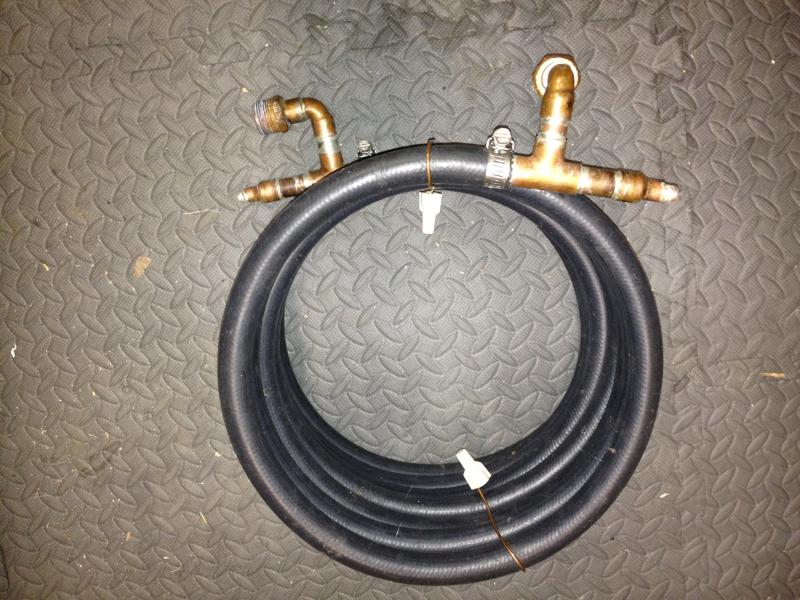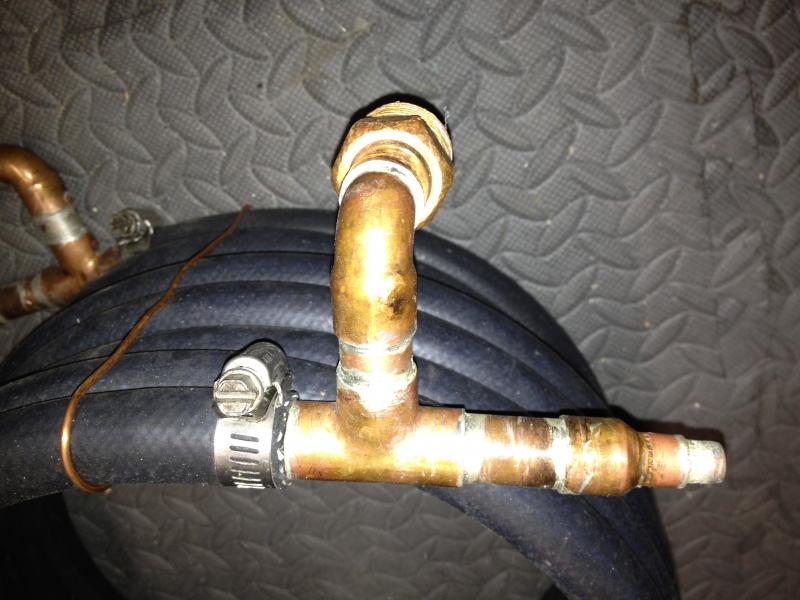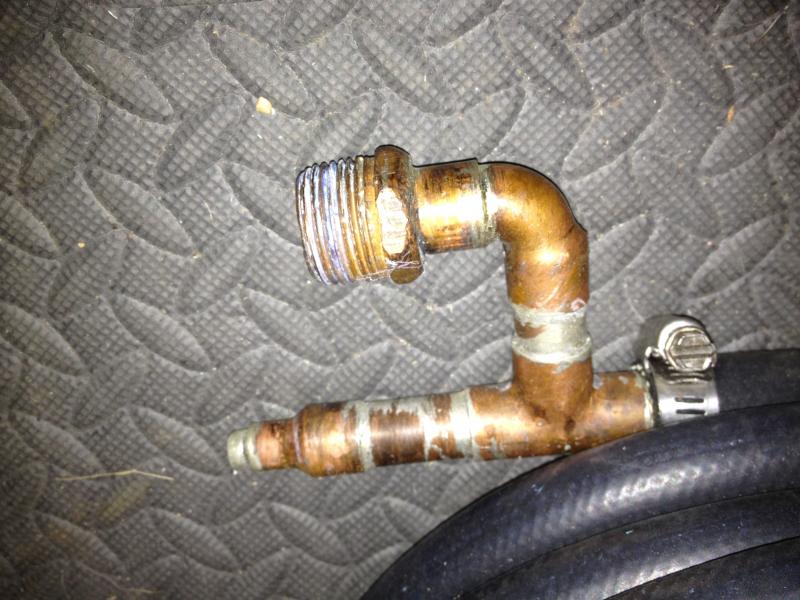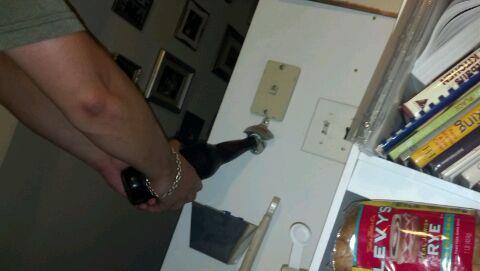stratslinger
Well-Known Member
Congrats on what sounds like a successful bottling run!
Let's see: Yes, ideally, keep the bottles someplace dark and around 65-70. I know for 12oz bottles the typical recommendation is to put them away for 3 weeks for ideal conditioning/carbonation, but it could be slightly longer for bombers.
Yes, during transfer there is a slight risk of contamination. But it's one that everyone faces going through this phase of the process, and very few folks run into infections at this stage, so it's a very, very small risk.
As for the "gunk" at the bottom of the bucket... There's a few things you can do. Typically, I'll just wash it right down the drain (wasteful, I know). But I have, on occasion, remembered to prepare a couple of sterilized mason jars in advance (see, this is one of those times where you DO want to try to prepare something sterile) and then tried to harvest some of that "gunk". That's healthy yeast that you can re-pitch in a future batch. If you plan to brew again very soon (as in, within 2-3 days), you can get away with packaging up some of the yeast cake for a day or three in the fridge, then pitch it into your next beer. If it'll be longer than that, there are threads here about yeast washing, which is a process you can use to better separate the yeast from the rest of the trub in your fermenter, so you store it longer term.
EDIT: Darn your roxbob, beating me to the punch on yeast washing!!!
Let's see: Yes, ideally, keep the bottles someplace dark and around 65-70. I know for 12oz bottles the typical recommendation is to put them away for 3 weeks for ideal conditioning/carbonation, but it could be slightly longer for bombers.
Yes, during transfer there is a slight risk of contamination. But it's one that everyone faces going through this phase of the process, and very few folks run into infections at this stage, so it's a very, very small risk.
As for the "gunk" at the bottom of the bucket... There's a few things you can do. Typically, I'll just wash it right down the drain (wasteful, I know). But I have, on occasion, remembered to prepare a couple of sterilized mason jars in advance (see, this is one of those times where you DO want to try to prepare something sterile) and then tried to harvest some of that "gunk". That's healthy yeast that you can re-pitch in a future batch. If you plan to brew again very soon (as in, within 2-3 days), you can get away with packaging up some of the yeast cake for a day or three in the fridge, then pitch it into your next beer. If it'll be longer than that, there are threads here about yeast washing, which is a process you can use to better separate the yeast from the rest of the trub in your fermenter, so you store it longer term.
EDIT: Darn your roxbob, beating me to the punch on yeast washing!!!
















